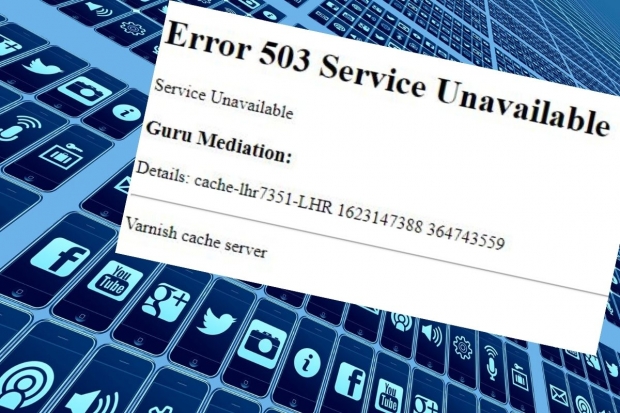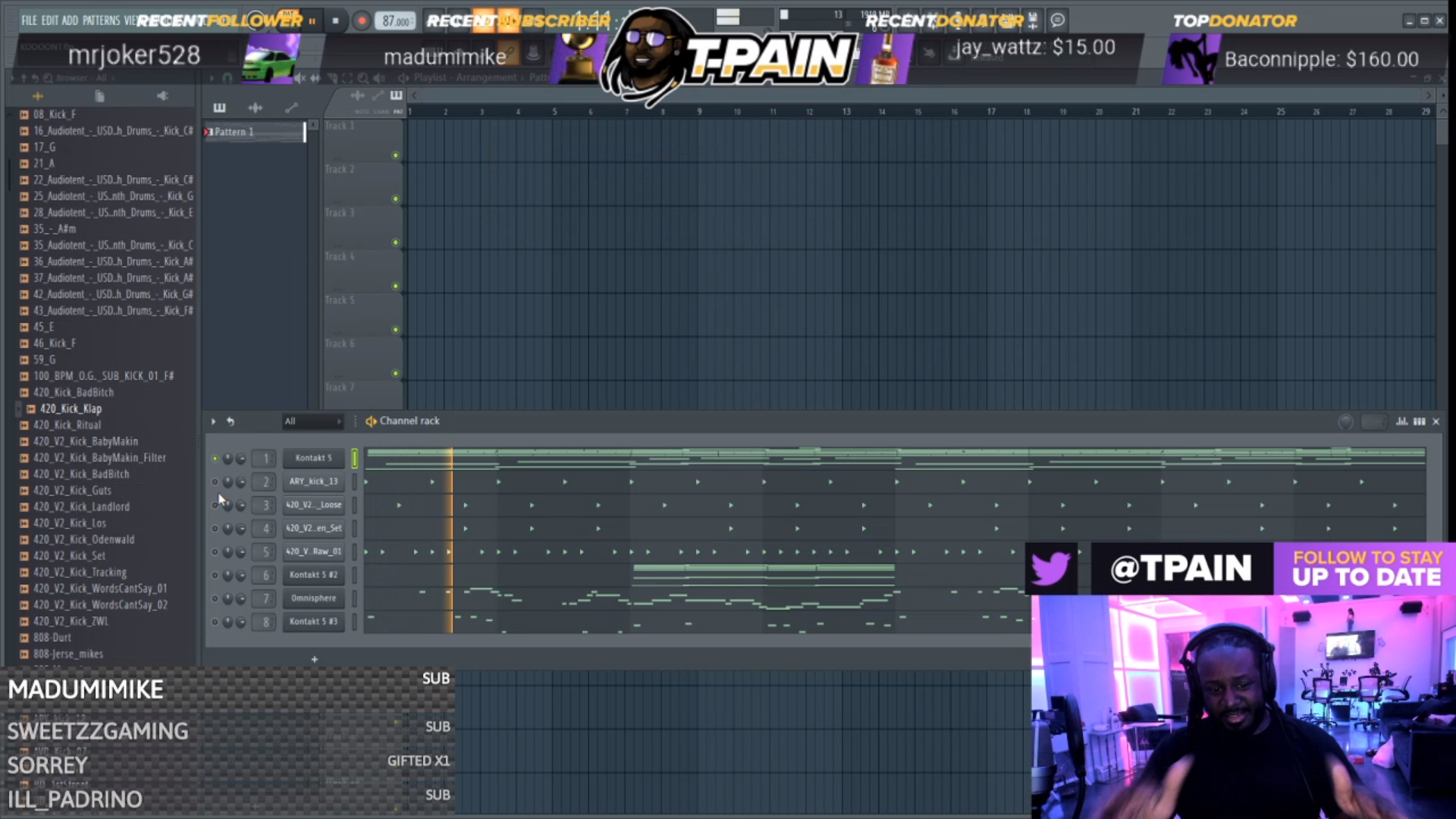

YouTube’s audience mainly prefers to watch the pre-recorded content of a much wider scope, and there are no extra features to distinguish between different games. Twitch is mainly a space for gamers, and while it does have different content categories, they are not as specific as the game-based separation for streamers that play in live mode. Content, monetization, and partnership carry more weight and can have a bigger influence on the platform choice for concerned gamers. Getting used to interfaces and chats is inevitable and can be overlooked. The basic differences covered above mainly stem from the history and development of both platforms, with YouTube offering live streaming more as a complementary feature and Twitch basically revolving around it. The Key Differences Between Twitch and Youtube Higher standards + the ability to create custom chats rules/td> On YouTube, by default, messages are ranked for relevance, and viewers can be commenting on completely different parts of the stream at the same time. Twitch uses time-based arrangement, and since the rewind and pause feature is not available on the platform, the chat is generally consistent with the events in the stream. When it comes to stream chats, the major difference between Twitch and YouTube would be in the message display order. While the difference is evident, YouTube still attracts a significant audience you shouldn’t ignore. As for YouTube, the Gaming segment received 705,9 thousand concurrent viewers and ~ 10 billion watch hours for the same time period. The pandemic has largely contributed to that impressive statistics. In terms of audience and hours-watched numbers, Twitch is in the lead, with 2,1 million concurrent viewers in 2020 and a total of 18,46 billion hours watched. less familiar, requires some getting used to.For people who are watching, the stream will look like any other video, with the exception of the chatbox being displayed on the right.Īs for stream quality, YouTube users can stream up to 4K (2160p) at 60 frames per second, whereas for Twitch, the numbers are capped at HD (1080p) streams at 60 frames per second. Once you are live, you can monitor the number of viewers, moderate the chat, and monitor comments. Desktop streaming supports a higher resolution, multiple cameras, and 360 videos.įor streamers, the interface is quite intuitive and walks you through the process step-by-step. The two main ways to go live are on desktop and mobile, with a limitation of 1000 subscribers required for the latter. To start streaming on YouTube, you will need to confirm your phone number within the account settings. Below are the basic differences between YouTube and Twitch that you should keep in mind.

The streaming process implies regularly interacting with the interface: when starting and finishing a stream and for communicating with the viewers during the broadcast. The Basic Differences Between Twitch and YouTube According to Stream Hatchet, YouTube Gaming has received 3.8 billion hours worth of views so far this year. There is also a subcategory dedicated to gaming. On YouTube, content themes are wide-ranging and include vlogs, challenges, educational topics, unboxing, makeup tutorials, product reviews, comedy sketches, etc. YouTube as a platform does not need an introduction, and while it is generally used for storing pre-recorded videos, it does have the live streaming functionality and a dedicated section called YouTube Live. User donations are enabled to support channel owners. Streamers broadcast themselves playing games, usually with an audio commentary, while viewers send comments or emoticons in the chatbox. While there are other content categories present on the platform, gamers constitute its main audience and receive the most attention. Mostly used for online gaming, Twitch is a live streaming service that has been steadily growing its audience and, as of October 2021, remains the most popular platform among competitors with over 18.5 billion hours watched since January.

In this guide, we will compare them for core differences, ease of use, audience, stream quality, and monetization. Naturally, content creators are looking for a suitable platform to support the technical side of the stream, and the top two choices are Youtube and Twitch. Live streaming is currently in high demand as it offers wide-ranging opportunities for topic themes: from the usual gaming and sports to music shows, podcasts, cooking classes, and pretty much anything that can be captured on video and would be interesting to watch.


 0 kommentar(er)
0 kommentar(er)
